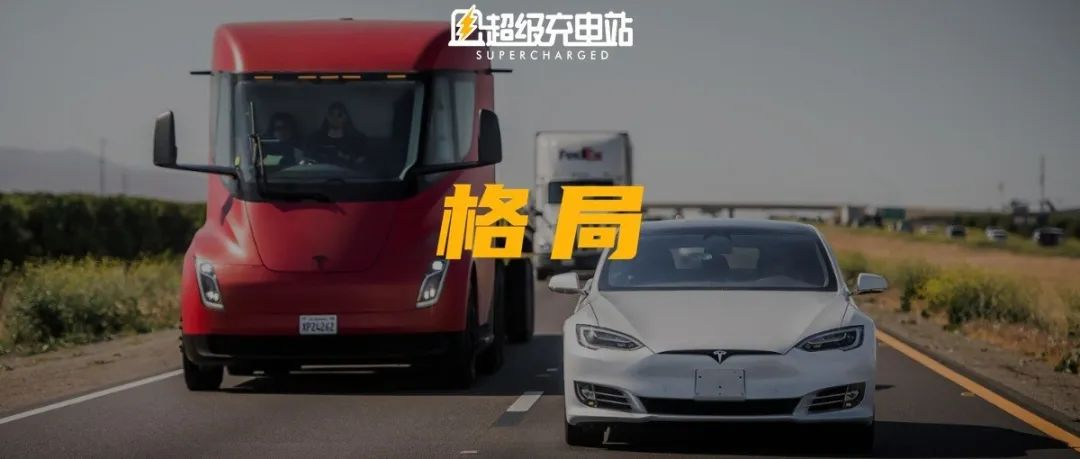Author: Chang Yan
What is the most terrifying competition relationship?
In the workplace, it’s someone who is more hardworking than you and has more talent. In the business world, it’s a company that has more advantages and can see the future more clearly, just like Tesla in the electric car industry.

Yesterday, Martin Viecha, the Vice President of Investor Relations of Tesla, gave a speech at an invitation-only Goldman Sachs technology conference, discussing the development potential and direction of Tesla in the next five years.
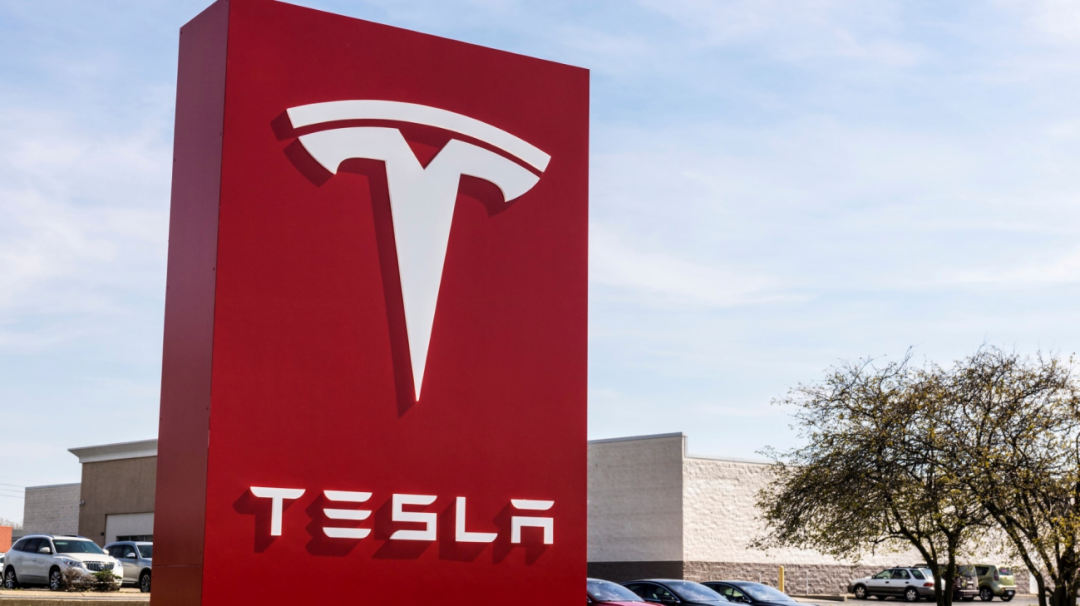
In Tesla’s view, its manufacturing capacity has already been the third revolution in the automotive industry’s innovation. At the same time, Robotaxi launched in conjunction with FSD will become Tesla’s third-generation platform.
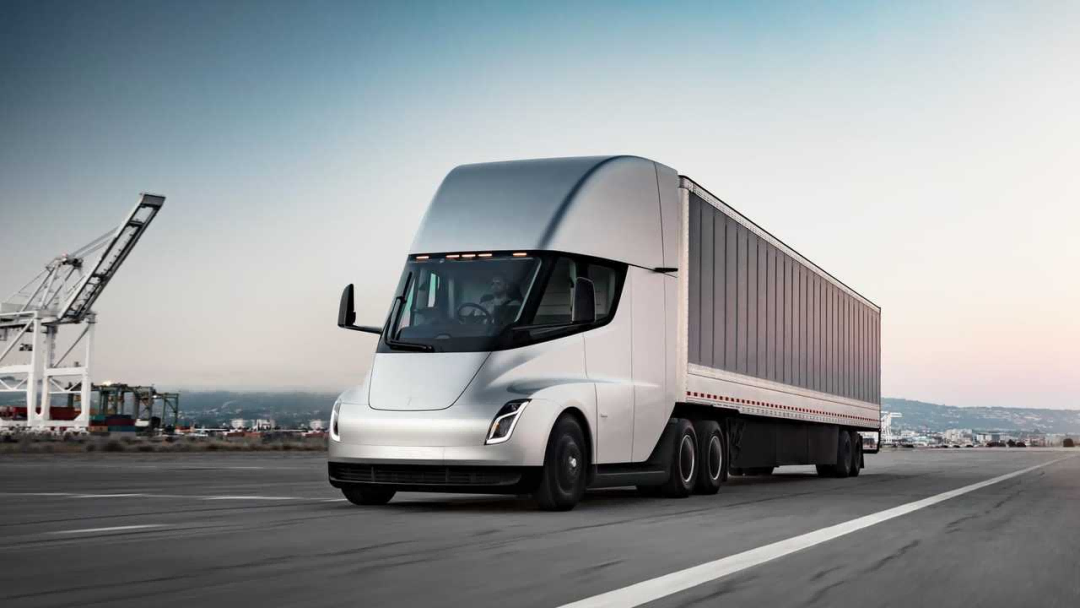
His discussion can be divided into three aspects: battery supply and technology, manufacturing costs of cars, and autonomous driving.
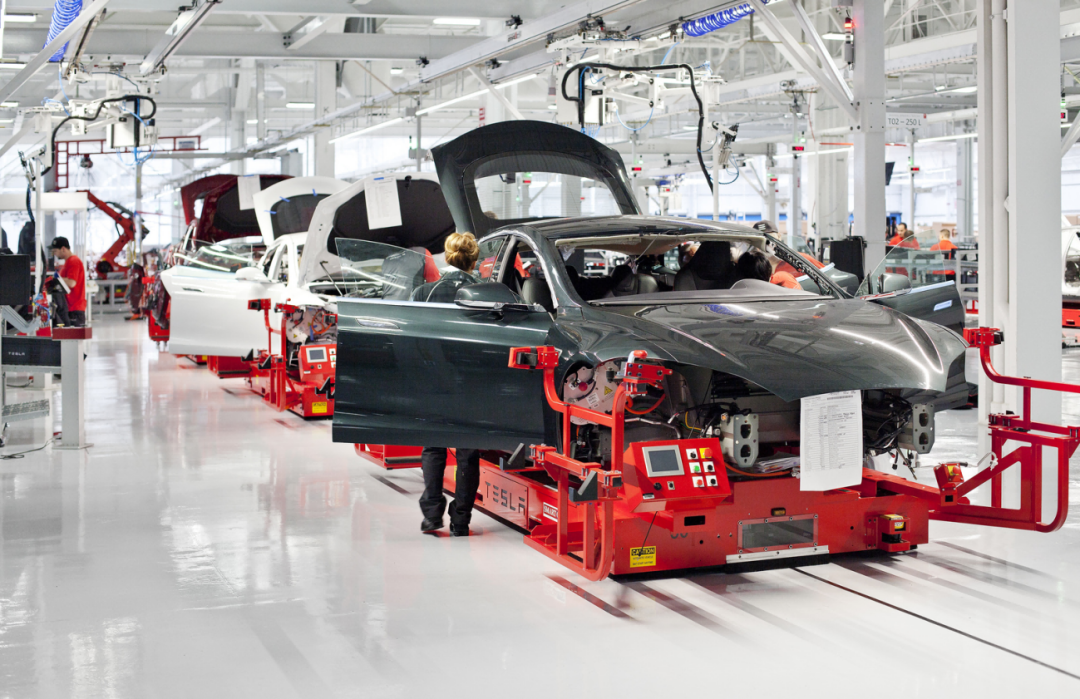
He first emphasized that the importance of battery supply and technology will soar like the current demand and price of batteries. This will involve areas such as battery and battery pack manufacturing, battery design, and the mining and refining of lithium, nickel, and other raw materials.

The essence of cars is manufacturing, and cost control is a key part of manufacturing.
Viecha emphasized that the manufacturing cost of each car will be the most critical automotive company monitoring index in the next few years, and he stated that this will be the determining factor in deciding how many cars a car company can make and how big it can get.
 He mentioned that in 2017, Tesla’s average manufacturing cost per vehicle was $84,000. However, in the recent quarters of 2022, the cost per vehicle has dropped to $36,000.
He mentioned that in 2017, Tesla’s average manufacturing cost per vehicle was $84,000. However, in the recent quarters of 2022, the cost per vehicle has dropped to $36,000.
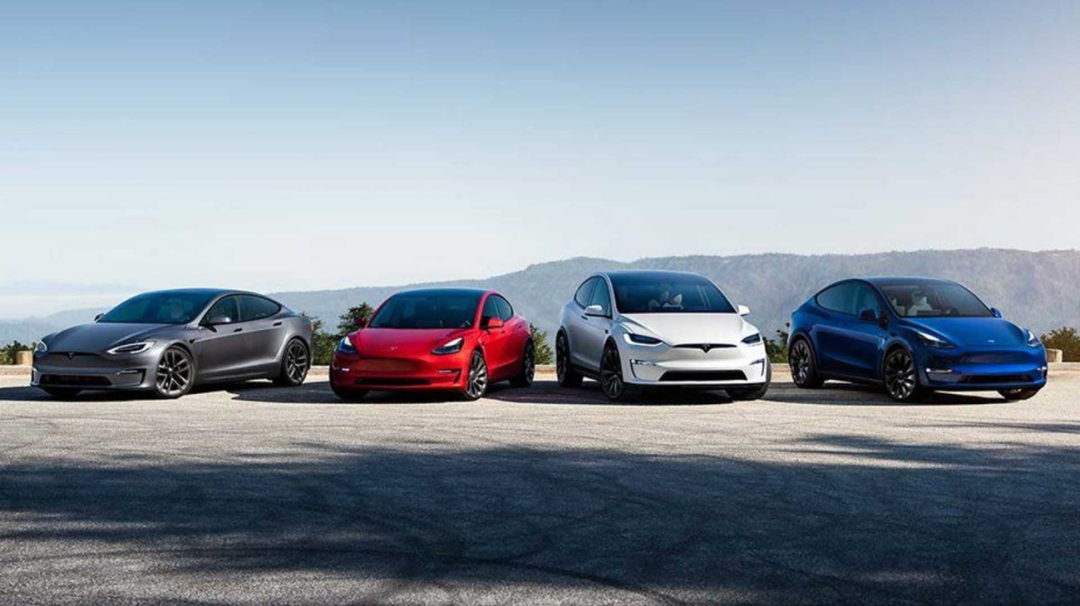
The reason for these changes is not due to a decrease in battery costs. Instead, Tesla has benefited from better vehicle design – to make manufacturing as easy as possible, and new factory designs.

Viecha added that Tesla’s first factory in Fremont, California near Silicon Valley is not a good place to manufacture cars, and the new factories in Shanghai, Berlin, and Austin are significantly cheaper – Tesla hopes to continue this development trajectory, breaking through the cost barrier of producing electric cars.

Currently, the production capacity of the Fremont factory accounts for about half of Tesla’s total production. Viecha stated that as the proportion of production capacity of new factories increases, they will be able to manufacture each car at prices lower than $36,000, which should be beneficial to Tesla’s profitability.
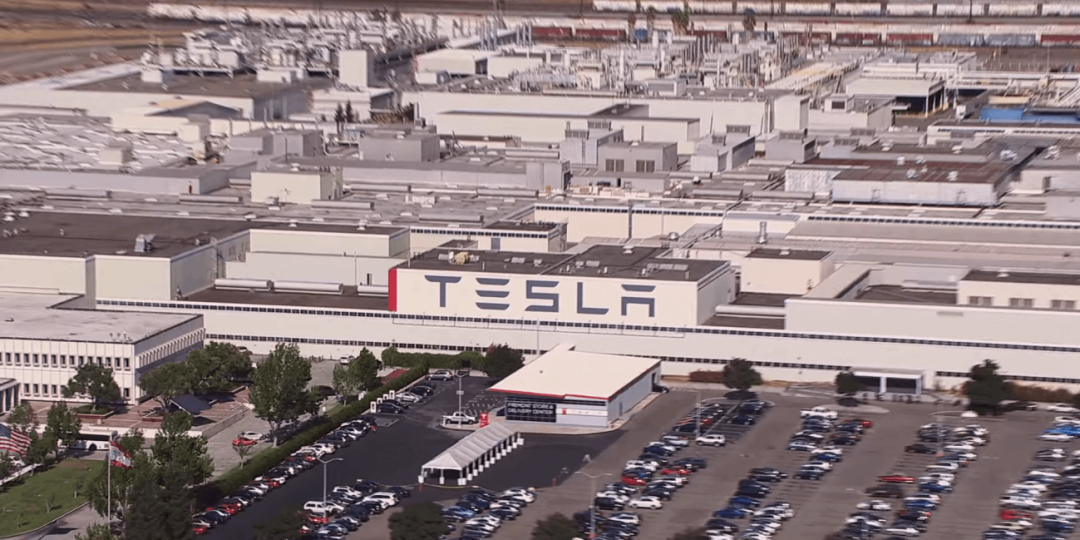
Obviously, Tesla has found the mysterious code to break through the marginal cost.
In the history of the automotive industry, Viecha believes that there have been only two major revolutions in manufacturing. He explained that one was the Ford Model T and the other was Toyota’s cheaper “lean production” method in the 1970s.

 “Electric vehicle architecture is so different from internal combustion engines that it allows for the third revolution in car manufacturing,” says Viecha.
“Electric vehicle architecture is so different from internal combustion engines that it allows for the third revolution in car manufacturing,” says Viecha.

The third revolution not only revolutionizes technology, but also includes the future popularity of electric vehicles.
When asked about the possibility of Tesla making cheaper electric cars, Viecha said that the company ultimately hopes to have a more affordable car on the road. He explained that if a company wants to become a mass car manufacturer, it needs a wide range of product offerings, and Tesla needs to offer cheaper products before it launches its self-driving taxi service operated by the company.
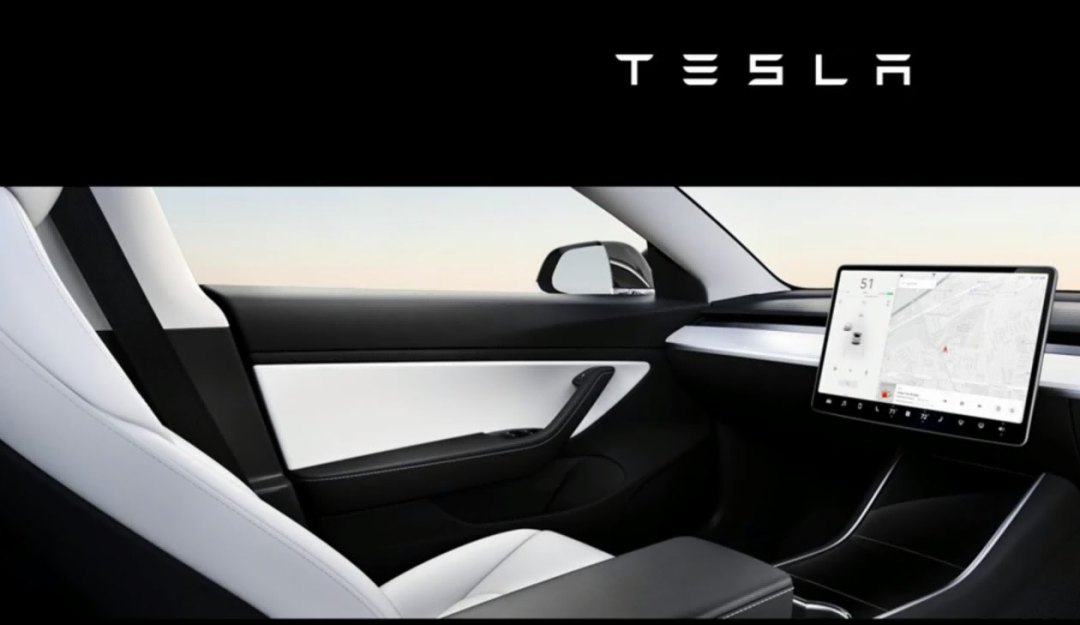
He pointed out that demand for the Model 3 and Y is stronger than expected, and “next year, the Model Y will basically become the best-selling car in the world,” even as the cost of the Fremont factory rises and Tesla does not use sales methods such as leasing.

The sales of Model 3 and Model Y have already started to skyrocket, and Tesla seems to have a few more boosters that have yet to be ignited.
“This is an important sales lever that we have never encountered before, but in the future, we may stimulate demand in other ways,” Viecha said.

The discussion then shifted to Tesla’s fully automated driving (FSD) software service.
Viecha said that about 100,000 people are using the “supervised” FSD on city streets in the United States, where drivers and software can intervene. He predicts that based on the data Tesla is seeing, supervised FSD may be deployed across Tesla’s entire fleet in the United States before the end of this year.
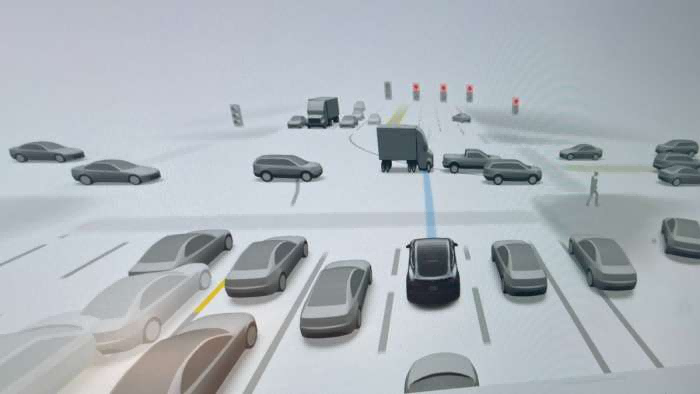 He pointed out that this is “supervised autonomous driving” and that drivers still need to pay attention, otherwise they may lose access to the service.
He pointed out that this is “supervised autonomous driving” and that drivers still need to pay attention, otherwise they may lose access to the service.
As Tesla collects more data from intervention measures, it will solve problems and release software updates to improve the system. He added that this iterative process will ultimately enable Tesla to achieve fully autonomous driving.
“We firmly believe that massive data collection and artificial intelligence are the only way to solve general autonomous driving,” said Viecha. “This is the path we are taking.”
The executive described Model X and S as Tesla’s first-generation platforms, with the first generation responsible for establishing Tesla’s technological advantage in the field of electric vehicles.
Model 3 and Y are the second generation, making advanced technology more accessible to more users at a lower price.
He explained that the robotaxi platform will be Tesla’s third-generation product.
The significance of the third generation is not only to make further progress in technology and achieve unsupervised autonomous driving, but also to reach more people in terms of affordability. In the future, ordinary people will be able to experience the charm of the latest technology for the price of a single taxi ride.
This is roughly what Tesla envisions as the future five years from now.
This article is a translation by ChatGPT of a Chinese report from 42HOW. If you have any questions about it, please email bd@42how.com.
